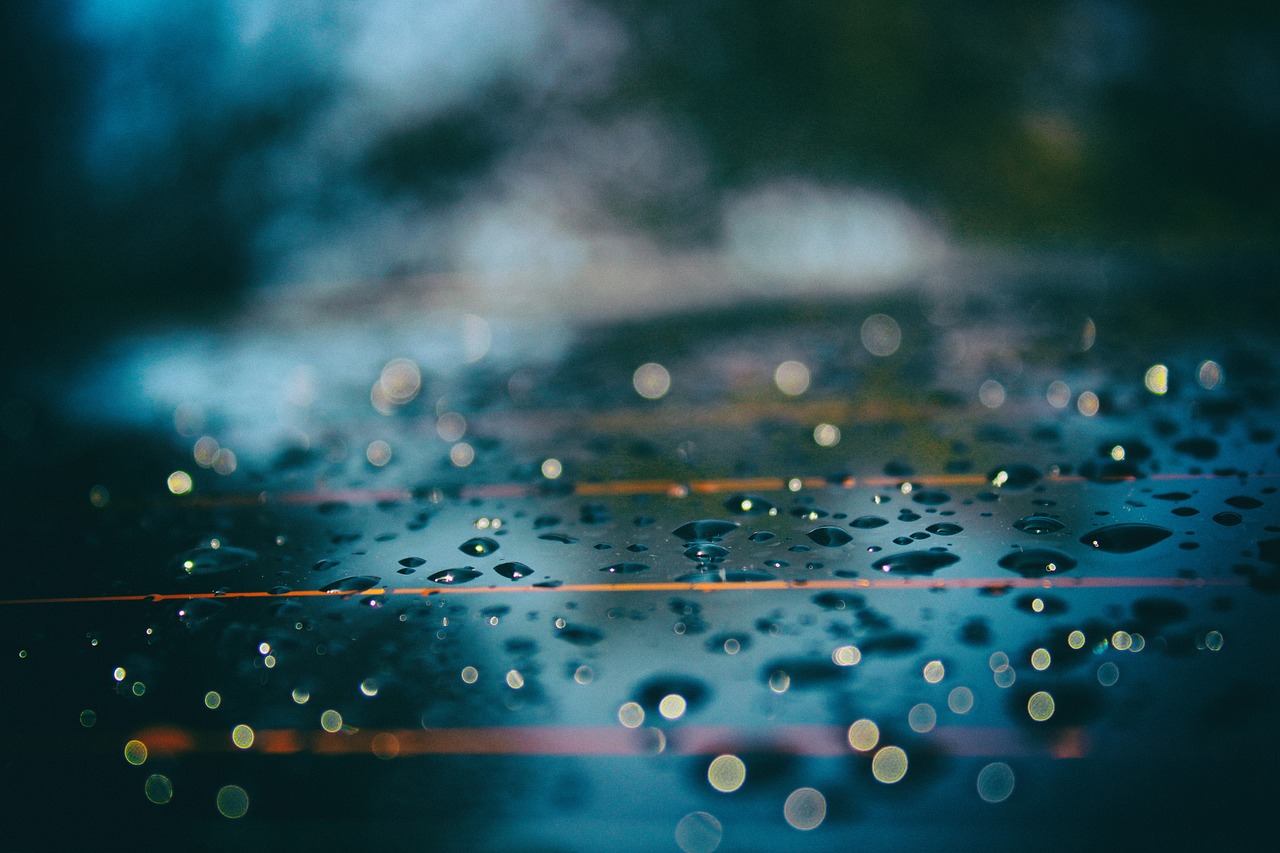
Hydroelectric energy is typically associated with dams and rivers, where massive turbines spin to generate electricity. However, this form of hydropower is geographically limited and requires large-scale infrastructure, which can destroy habitats and alter natural river flows. Regions without strong river currents or adequate space may not benefit.
Meanwhile, solar power is the strongest contender for clean energy today, but it cannot produce electricity during downpours. Solar farms also disrupt local wildlife, while installing wind turbines can affect bird migration when built in critical ecosystems. Rain-powered generators solve the problem these technologies pose for precipitation-abundant areas with limited infrastructure.
The Earth receives over 100 centimeters of rain annually, although the distribution varies by region. Equatorial countries and monsoon-prone areas in Southeast Asia receive the highest levels of rainfall, while many mid-latitude regions still experience sufficient precipitation. This makes rain power accessible across a wide range of geographic locations.
Climate change has also intensified rainfall patterns. As global temperatures rise, the atmosphere's ability to hold moisture increases. Scientists estimate that for every one degree Celsius increase in temperature, the air can hold about 7% more water vapor.
This leads to more frequent and more intense precipitation events, which are already being observed in many parts of the world. Instead of viewing these downpours as a hazard alone, scientists and engineers are finding ways to harvest their energy for good.
One of the most exciting breakthroughs in this field is using the plug flow effect to generate electricity. Developed by researchers at the National University of Singapore, this method involves directing rain-sized droplets through narrow polymer tubes. Instead of forming a continuous stream, the droplets are separated by pockets of air and travel in short bursts, creating a flow pattern known as plug flow.
This may sound like a minor difference, but it has a significant impact on performance. As the droplets flow through the narrow tubes, the contact between water and the tube's inner surface causes charge separation. Because the water is segmented by air, each burst generates a stronger and more defined charge, which can be collected through attached circuits.
In lab tests, this setup converted over 10% of rain's kinetic energy into electricity. When connected to wires, it was powerful enough to light up 12 LED bulbs for 20 seconds using water dripping through four small tubes.
To put that in perspective, plug flow generated 100,000 times more electricity than continuous water streams in similar systems. It's an enormous leap in rainwater efficiency, especially for small-scale, urban applications.
While plug flow technology harnesses the kinetic energy of water through flow patterns, another promising method captures energy through pressure — specifically, the force of raindrops hitting a surface. This approach uses piezoelectric materials to convert mechanical stress into electricity. Among the most notable applications of this method is a device called RainCharge, developed by a team of high school innovators in California.
When a raindrop strikes the disk, it compresses the material ever so slightly. This mechanical deformation alters the material's internal structure, creating an electric charge. That charge is harvested and stored in a rechargeable battery for later use.
In tests, RainCharge produced two volts in 30 seconds and was able to fully charge a AAA battery in 2.12 hours of continuous rainfall. This output is enough to power small electronics like flashlights or radios.
What makes this innovation particularly appealing is its compactness, affordability and ease of use. Unlike larger renewable energy setups, RainCharge requires no special infrastructure, complex wiring or sunlight. It can be installed on rooftops, balconies, tents or even a backpack, making it ideal for households and outdoor enthusiasts.
Piezoelectric systems aren't yet suitable for powering entire buildings, but they offer a compelling renewable energy backup, especially in storm-prone regions. Underserved communities also benefit when they are used in lifesaving medical devices or electric cooking appliances.
The demand for flexible and decentralized electricity sources is expected to grow. The World Energy Outlook predicts that half of the world's cars will be fully electric by 2040, dramatically increasing demand and further diversifying how power is produced and consumed.
In dense urban areas where large solar or wind farms aren't feasible, rain-powered generators could help decentralize the grid and provide backup when other systems fail. This innovation could be instrumental in tropical regions like Asia where rainfall is frequent and intense.
For example,Mawsynram, India — the wettest area in the world — experiences power outages during the monsoon season and could greatly benefit from the technology. Meanwhile, Singapore averages around 171 rainy days per year, offering substantial energy generation potential using plug-flow or piezoelectric systems to aid its increase of clean initiatives.
In these contexts, rain-powered electricity systems — though currently small-scale — represent an essential piece of the distributed energy puzzle. They enable households, vehicles or cities to generate clean power independently of the centralized grid, especially during rainy conditions when solar tech underperforms. These technologies can contribute to a resilient, multi-source ecosystem capable of meeting the fluctuating needs of a future dominated by electric mobility.
Intermittency and Output Challenges
Despite their promise, rain power generators are still being developed. One major challenge is the intermittent nature of each drizzle. Energy production depends on rainfall frequency and intensity, making it unreliable as the sole source of energy in drier climates.
Current systems also produce relatively low voltages, making them more suitable for supplemental or emergency use than for powering entire homes. However, researchers are optimistic that technological improvements — such as better materials and modular designs — could dramatically boost output.
As one study from Hong Kong revealed, droplet-based electricity generation (DEG) may be able to produce high-voltage surges using field-effect transistor-like structures, hinting at future breakthroughs leading to consistent production. This study powered 100 LED lightbulbs with just one drop of water released from a 15-centimeter distance.
Scaling Rain Energy for a Greener Grid
The future of electricity from rainwater depends on scaling these technologies to meet real-world needs. Scientists believe plug flow systems could be deployed on city rooftops, while piezoelectric mats could be used in wearable tech or emergency kits. DEG may bridge the low-voltage gap.
Combined with solar and wind, rain has the potential to stabilize the renewable power mix, particularly in climate-resilient smart cities. As the demand for clean, off-grid and decentralized solutions grows, the ability to harness renewable energy from rainfall is no longer just an academic curiosity.
The next time you hear raindrops tapping on your window, remember there's untapped energy in that storm, turning weather into watts. With continued research, policy support and community adoption, we could soon see a world where storms actually help keep the lights on.

